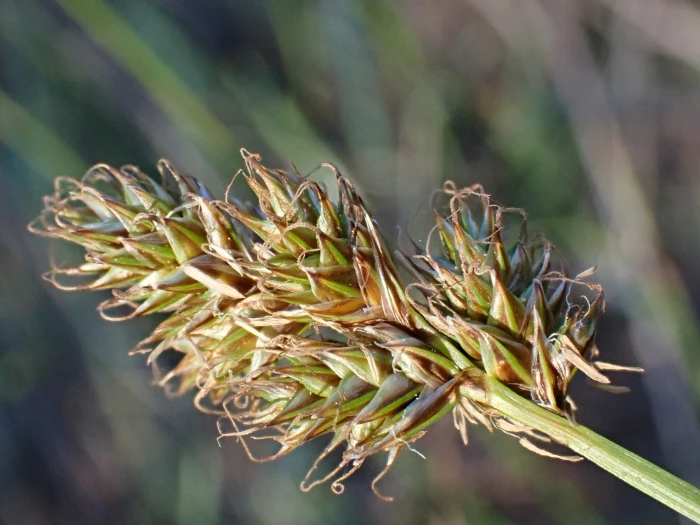Harford’s Sedge
(Carex harfordii)
Harford’s Sedge (Carex harfordii)
/
/

© Chloe and Trevor Van Loon
CC BY 4.0
Image By:
© Chloe and Trevor Van Loon
Recorded By:
Copyright:
CC BY 4.0
Copyright Notice:
Photo by: © Chloe and Trevor Van Loon | License Type: CC BY 4.0 | License URL: http://creativecommons.org/licenses/by/4.0/ | Uploader: chloe_and_trevor | Publisher: iNaturalist |





















Estimated Native Range
Climate Requirements for Golden Glades, Florida
| This Plant | Your Site | Plant Suitability for Your Location | ||
|---|---|---|---|---|
| • Precipitation | 14" - 80" | 60" | Aquatic | Aquatic |
| • High Temp. | 64°F - 88°F | 90°F | Your summers may be too hot for this plant. | Too hot |
| • Low Temp. | 7°F - 45°F | 59°F | OK, but your winter temperatures are warmer than normal for this plant | OK |
This plant should grow very well at your location but requires an aquatic environment.
Summary
Carex harfordii, commonly known as Harford’s sedge, is a perennial herbaceous plant native to the understory of coastal coniferous forests and mixed evergreen forests in California, particularly in the Coast Ranges. It is adapted to moist, shaded conditions often found in riparian zones and forested wetlands. Harford’s sedge typically grows in dense clumps reaching 12 to 18 inches (30 to 45 centimeters) in height, with narrow, grass-like leaves that are evergreen in mild climates.
Harford’s sedge is valued for its ability to stabilize soil and provide habitat for wildlife. It is often used in restoration projects and naturalized plantings where its ecological benefits can be maximized. In cultivation, it prefers part shade to full shade and consistently moist soils with good drainage. It is relatively low maintenance, requiring minimal care once established. While not known for showy flowers, its fine-textured foliage adds a delicate, naturalistic element to shade gardens and woodland settings.CC BY-SA 4.0
Harford’s sedge is valued for its ability to stabilize soil and provide habitat for wildlife. It is often used in restoration projects and naturalized plantings where its ecological benefits can be maximized. In cultivation, it prefers part shade to full shade and consistently moist soils with good drainage. It is relatively low maintenance, requiring minimal care once established. While not known for showy flowers, its fine-textured foliage adds a delicate, naturalistic element to shade gardens and woodland settings.CC BY-SA 4.0
Plant Description
- Plant Type: Grass
- Height: 1-2.5 feet
- Width: 1-2.5 feet
- Growth Rate: Moderate
- Flower Color: N/A
- Flowering Season: Spring, Summer
- Leaf Retention: Evergreen
Growth Requirements
- Sun: Full Sun, Part Shade
- Water: Medium
- Drainage: Medium
Common Uses
Border Plant, Low Maintenance, Water Garden
Natural Habitat
Understory of coastal coniferous forests and mixed evergreen forests in California
Other Names
Common Names: Harford’s Carex
Scientific Names: Carex harfordii, Carex montereyensis
GBIF Accepted Name: Carex harfordii